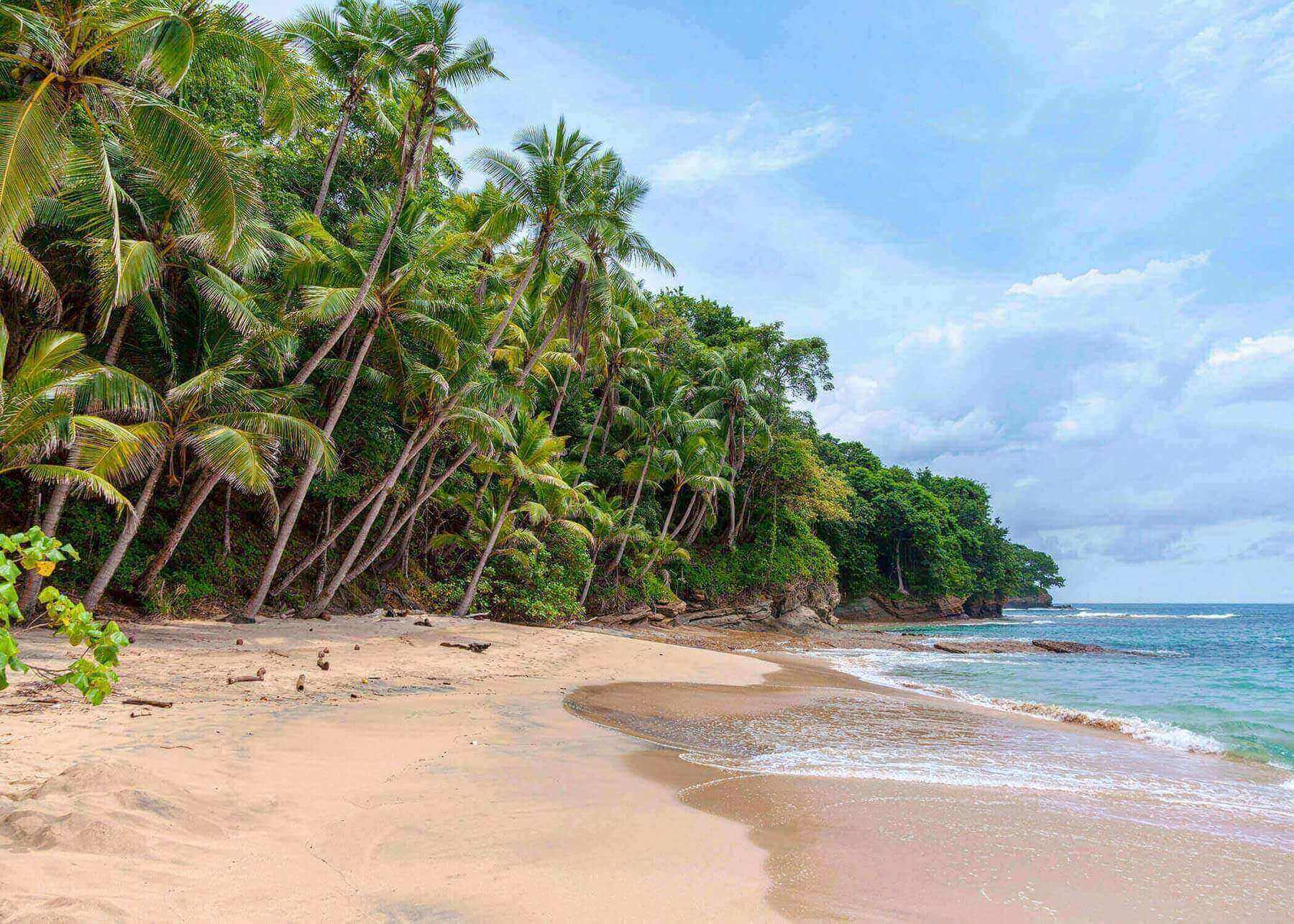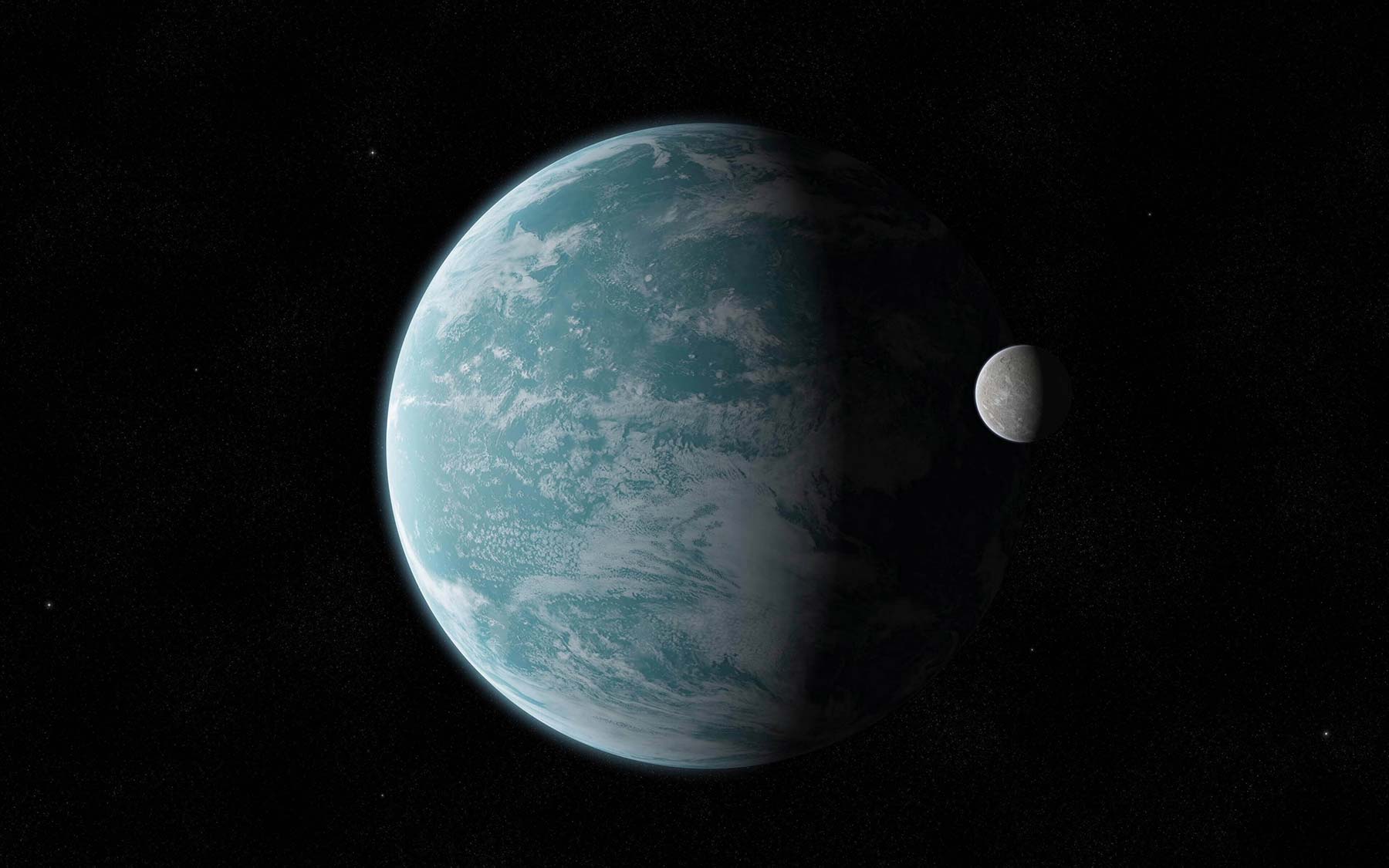
What is the link between the sun and life on earth ?
Plants on the Earth need sunlight for a fundamental process called photosynthesis, which involves assimilation of glucose from water and carbon dioxide, and releases oxygen.
The green plant pigment called "chlorophyll" plays an important role in this process. It enables the plant to absorb light energy for photosynthesis, a process that allows plants to use simple inorganic substances (i.e. not derived from living organisms) to build organic substances that are inseparable from life processes. Animals cannot do that. They have to consume organic material in the form of plant tissue or animal flesh. They have to consume organic material in the form of plant tissue or animal flesh.

01
Another important fact about photosynthesis:
It releases oxygen without which life cannot exist on Earth. This is why photosynthesis is a fundamental biochemical process for the continuation of life on earth.
So, sunlight plays an important role in the survival of life on the Earth because plants play a very important role in the food chain and creation of oxygen.
Also, sunlight is vitally important to evaporate sea water to form clouds that eventually form rain. Rain is essential for life on earth. Virtually, every living organism on the Earth needs water.

02
Are Three Any Other Creators ?
The precise and interdependent system that controls the universe indicates it must be created by one and only one creator. Otherwise, multiple creators would have different ways of creation and different controlling systems.
The interdependence of creatures indicates our creator is the one who created all other creatures. He is the same one who created the whole universe and all beings. He must be one and only one, otherwise clashes and incompatibles would occur.
There is no room for another creator in our world.

What will happen if the earth gets closer or farther from the sun (i.e. gests out of its orbit)?
The Earth is surrounded by an atmosphere of gases and material bodies that protect the living organism on it from damage by solar ultraviolet radiation, solar winds and harmful cosmic rays.
Science indicates that life would disappear from the Earth if it gets closer or farther from a certain distance to the sun. We will either be burned or frozen.
We are part of a solar system that comprises eight large planets that orbit the sun. The first four planets are called the inner planets (Mercury, Venus, Earth and Mars) and the four outer planets are called giant planets (Jupiter, Saturn, Uranus and Neptune), being substantially more massive than the inner planets.
While the Earth has an average surface temperature of 14 degrees Celsius, the average temperature of Venus is 460 degrees Celsius (extremely hot).
On the other hand, the average temperature on Mars is -55 degrees Celsius (extremely cold).
The average distance between the sun and the Earth is 150 million kilometers. Our planet rotates around the sun in an elliptical orbit, causing the distance between the Earth and sun to vary which creates the four seasons.
Astronomy tells us that our solar system is a part of the "Milky Way" a galaxy that is estimated to contain 200–400 billion stars.
There is a sophisticated system of forces based on mathematical equations and laws of physics that control the motion of our planet, the solar system and the whole universe. It cannot be a coincidence of nature.
So, it makes sense to say that the one who created us is the one who created the Earth and controls its orbital motion. Also, He created the sun that gives us light and life on the Earth. He created the whole universe that contains our sun and living planet.